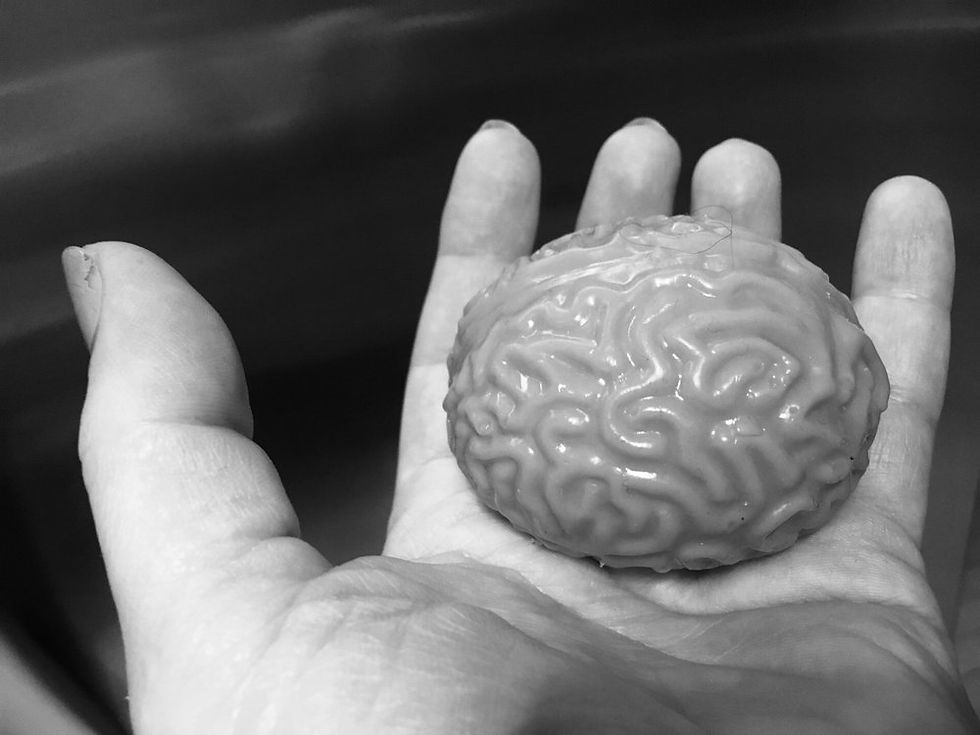Recovery and the Neurology of Joy & Happiness
- Shafa Home
- Feb 28, 2021
- 2 min read
How The Neurology of Joy Influences Recovery
True joy can be an enigma to many of us who suffer with addictive behaviors for many reasons, particularly if we confuse our anxious expectations and demands with happiness. Expectation can never know true joy because it is based in fear and self-protection and is almost always disappointed. It is perpetually discontent and will almost always produce a victim mindset. Anticipation however has its very roots in joy because it has open hands and a loose grip realizing that the journey and the process are where we find our purpose and meaning.
So how is it that we can undo our expectation and fear and create a mental space that lives in anticipation? Can part of the brain actually be conditioned to experience joy in the same way that our amygdala and limbic systems have been conditioned to produce false messages brought on by trauma and anxiety?
When we study addiction and the brain we learn that various portions of the brain eventually become conditioned to send us false messages hijacking the limbic system and wreaking havoc with our cravings, compulsions, and coping mechanisms. Those of us who work in the field of addiction recovery have spent hours in courses studying how the back of the brain can drive the bus in active addiction and the various ways we fall into a victim mindset in our compulsive behaviors as well as the high cost of self-centered fear.
What many of us may not be as aware of is that joy is just as much a neurological response as anxiety and it can be equally conditioned.
Get Help During COVID-19
With just 30 days at a rehab center, you can get clean and sober, start therapy, join a support group, and learn ways to manage your cravings.
How Does the Neurology of Joy Work?
The prefrontal cortex, the portion of the brain where our executive functions are formulated is also home to our creativity, personality, and yes, even the capacity to experience joy. When we engage in experiences and situations where we encounter people who are happy to see us, or experience the satisfaction of creating something beautiful, we are conditioning the brain to experience joy and diminishing the anxious feelings and thoughts of the noisy back of the brain.
Experiencing nature, a sunset, exercising (which produces powerful endorphins which are nature’s antidepressant), or simply connecting with friends reinforces the reality that we are safe, loved, accepted, and have the capacity to express ourselves through beauty. Regularly experiencing these simple practices reinforces the front of the brain and eventually cools down the back of the brain responsible for the self-centered fear. Once the back of the brain learns to trust the front of the brain again we will experience a shift in mood, emotion, and demeanor.
Anticipation can know peace, joy, and contentment. Expectation never will. Spend some time pondering the differences between anticipation and expectation in your own life. Observe the differences in your mood and mindset when you allow the front of the brain to run free and cool the heated furnace of shame and demandingness. Joy will be just around the corner if we take the time, trust the process, and regularly practice the opportunity to receive the gifts that only surrendering our will can teach us.

























































Comments